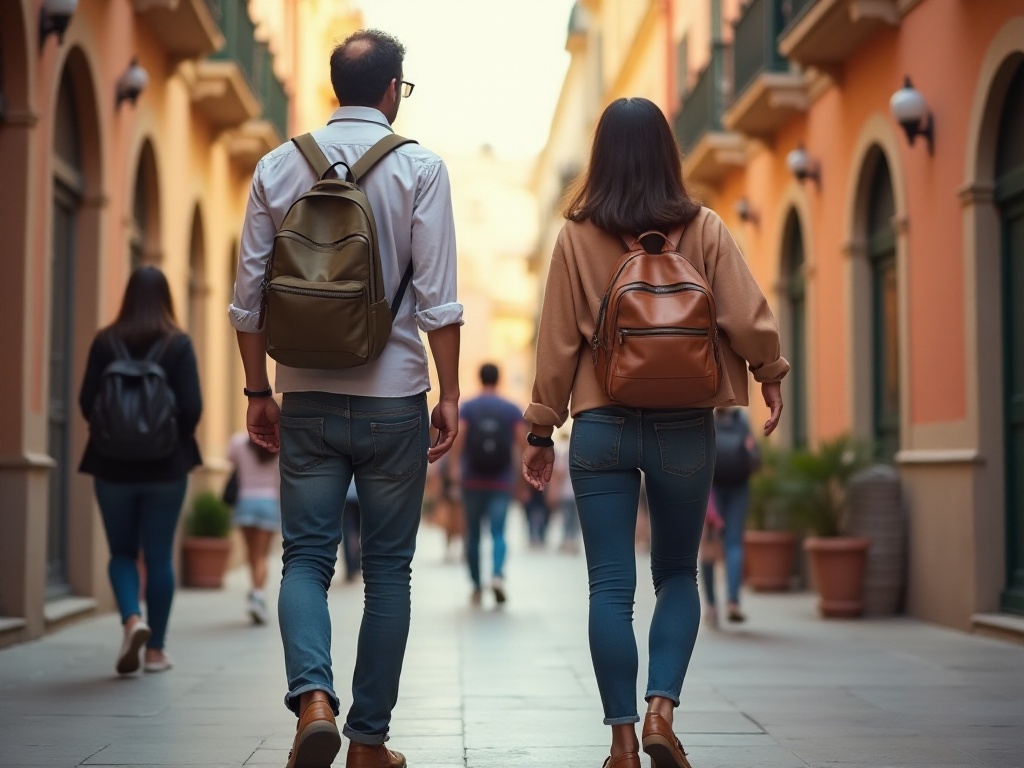
First Impressions of Budapest
On that misty morning when I first arrived in Budapest, as I stepped out of the airport, the city's character immediately captivated me. Unlike Paris's romance or London's bustle, Budapest resembled an elegant noble lady - time had left its marks on her face, making her even more enchanting. Every corner of the city tells its story, with ivy climbing up weathered walls, ancient cobblestones still bearing carriage tracks, and the Danube flowing silently, witnessing the city's profound changes.
My first stop in Budapest was St. Stephen's Basilica. This neoclassical building took over 50 years to complete, with its 96-meter dome being truly awe-inspiring. Entering the church, sunlight filtered through stained glass windows cast colorful shadows on the floor, while organ music echoed through the vast hall, seeming to transport one back several centuries. The bell tower is accessible, and although climbing 300+ steps is required, the panoramic view of Budapest from the top makes the physical effort worthwhile.
Walking along Andrássy Avenue, the architectural style on both sides made me feel as if I were in Vienna. This UNESCO World Heritage street is one of Budapest's most famous commercial thoroughfares. Most buildings along the street were built in the late 19th and early 20th centuries, with beautifully decorated Neo-Renaissance facades - each building like a work of art. I particularly enjoyed sitting in the cafes along this street for entire afternoons, watching the passing crowds and feeling the city's rhythm.
Accommodation Experience
In Budapest, I chose a boutique hotel in the Pest district. This hotel was converted from a late 19th-century apartment building, preserving many original architectural features. Entering the courtyard, you can see the typical Budapest interior courtyard style: corridors surrounding all four sides with a small garden in the middle. Every morning, sunlight streaming through the glass roof creates unique light patterns on the mosaic floor.
My room was on the third floor, and although only 25 square meters, the space was cleverly utilized. What I loved most was the small balcony overlooking a quiet alley. Every morning, I would drink coffee on the balcony, watching the elderly lady across the way water her window flowers, listening to distant church bells, and feeling the city slowly awakening. The room's decoration blended modern and classical elements, preserving original plasterwork on the ceiling while featuring minimalist Nordic-style furniture.
The hotel's location was also quite convenient, with a 10-minute walk to Andrássy Avenue, three 24-hour convenience stores and five local restaurants nearby. The nearest metro station was just a 3-minute walk away, making my travels very convenient. The hotel owner, a lady who had lived in Budapest for over 40 years, gave me many practical tips, such as which restaurants locals frequent and the best times to visit various attractions, making my trip smoother.
Every evening when I returned to the hotel, I could smell the aroma wafting up from the bakery downstairs. This bakery opens at 4 AM, providing fresh bread to nearby residents. Sometimes I would purposely wake up early to buy a still-steaming croissant, pair it with a freshly brewed coffee, and start my new day.
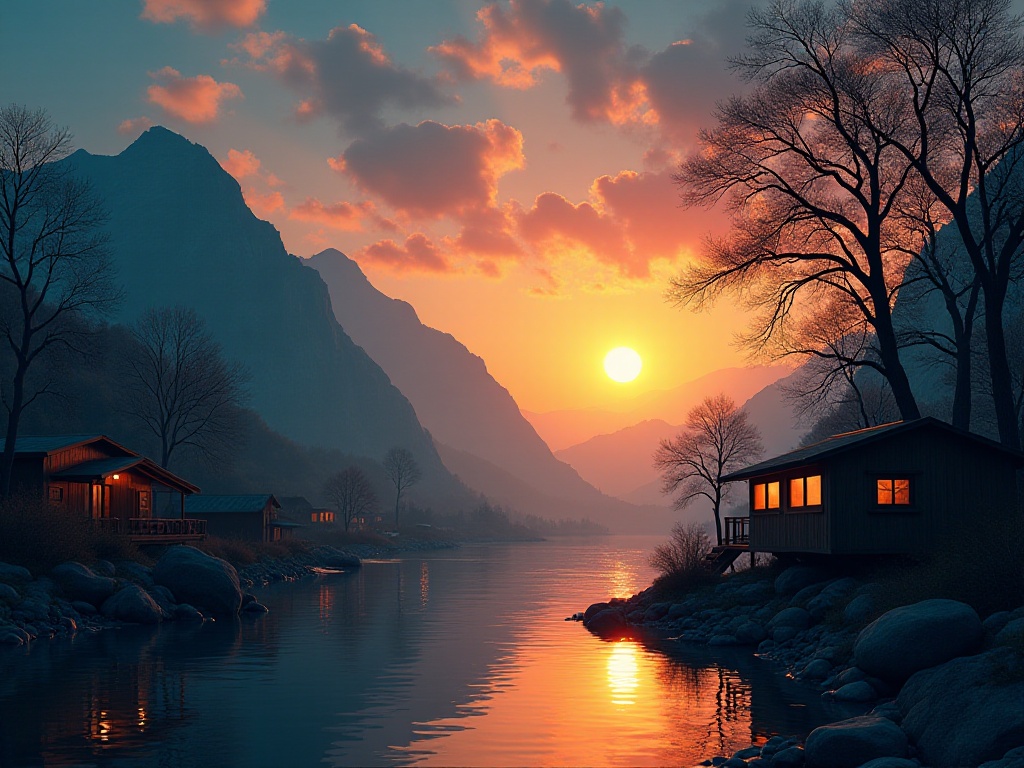
Culinary Exploration
Budapest's cuisine surprised me with how delightful it was. Most memorable was the Central Market Hall, a Neo-Gothic building from 1897 that is itself a work of art. The market's iron framework and colorful mosaic roof remind one of the Industrial Revolution era of the late 19th century. The ground floor mainly sells fresh ingredients - vegetables, fruits, meats, and dairy products. The strings of dried red peppers are especially eye-catching, their bright colors beckoning to every tourist.
On the market's second floor, I discovered various mouthwatering Hungarian snacks. There are stalls selling traditional lángos (fried bread topped with garlic, sour cream, and cheese), along with various sausages and smoked meats. My favorite was a small shop specializing in goulash soup. The owner, an elderly Hungarian gentleman, makes the soup using his ancestral recipe. The soup contains plenty of Hungarian paprika, tender stewed beef and potatoes, plus some small dumplings - rich and delicious. Especially on cold days, a hot bowl of goulash soup is the perfect comfort.
Besides traditional food, Budapest's café culture also fascinated me. The cafés here aren't just places to drink coffee, but centers of social and cultural life. I particularly enjoyed visiting the New York Café, known as the "most beautiful café in the world," with its magnificent interior decoration, golden ornaments, huge crystal chandeliers, and exquisite murals, transporting one back to the Golden Age of the Austro-Hungarian Empire. Though expensive, sitting in such an environment enjoying a traditional Hungarian Danube cake with a Viennese coffee is truly a pleasure.
On local friends' recommendations, I also discovered some hidden food gems in the alleys. For instance, there's a traditional Hungarian restaurant known only to locals, famous for its stuffed cabbage. The owner told me the recipe was passed down from her grandmother and has over eighty years of history. The sauerkraut's texture is perfect, the pork filling is authentically seasoned, and paired with a local Tokaji white wine, it's an ideal combination.
Additionally, Budapest's desserts are worth mentioning. Pastry shops are everywhere, offering everything from traditional Esterházy cakes to innovative modern desserts. I particularly liked a chimney cake called "kürtőskalács" - it looks like a chimney, filled with sweet cream and dusted with powdered sugar, with a soft, delicious texture. This dessert was reportedly created to commemorate the heroes of the 1956 Hungarian Revolution.

Thermal Bath Culture
Budapest's thermal bath culture is perhaps one of the city's most unique features. The city has 123 natural thermal springs producing 70 million liters of thermal water daily, numbers that represent thousands of years of thermal bathing culture. The Széchenyi Thermal Bath I visited, built in 1913, is itself an artwork - its yellow Neo-Baroque building gleaming in the sunlight.
This thermal bath complex is quite large, with 15 pools of different temperatures. There are 12 indoor thermal pools ranging from 20 to 38 degrees Celsius, each with different mineral compositions. Most special are the three outdoor pools - even in cold winter, soaking in the 38-degree thermal water while viewing the surrounding Baroque architecture and feeling the warm water flow as snowflakes fall from above is an experience difficult to describe in words.
At the bath, I also experienced traditional Hungarian massage. The masseur, an experienced elderly gentleman, told me Hungarian thermal massage techniques combine Turkish and Western European elements. The hour-long massage not only relieved my travel fatigue but also gave me a deeper understanding of Hungarian wellness culture.
Besides Széchenyi, I also visited the Gellért Thermal Bath. This building is a masterpiece of Art Nouveau style, with beautiful mosaic decorations and stained glass inside. Most special is its steam room, where sunlight filtering through colored glass creates a dreamlike atmosphere in the misty environment.
Interestingly, I noticed many local elderly people bring chess sets to the baths. They play chess while soaking in the thermal pools, chatting and enjoying life - this leisure style gave me a deep appreciation of Budapest residents' attitude toward life. They don't pursue a fast pace but know how to enjoy every moment.
Historical Imprints
Every corner of Budapest tells its history. Heroes' Square is the best starting point for understanding Hungarian history, with the Millennium Monument soaring into the clouds at its center, surrounded by statues of important Hungarian historical figures. These statues are not just artworks but symbols of Hungarian national spirit. I especially liked visiting at dusk, watching the setting sun's rays fall on the bronze statues, enveloping the entire square in a mysterious atmosphere.
Fisherman's Bastion is another place that left a deep impression on me. This Neo-Gothic building from the late 19th century has seven towers representing the original seven Magyar tribes. From its terrace, you can overlook all of Budapest, with the Danube like a silver ribbon elegantly dividing the Buda and Pest districts. Especially on clear days, when sunlight shines on the Parliament building's dome, the golden gleam is spectacular.
The House of Terror Museum affected me most deeply. Located in an ordinary building on Andrássy Avenue, it records Hungary's darkest historical periods. The museum uses physical exhibits, video materials, and sound installations to authentically recreate scenes from the Nazi rule and Communist era. Walking through the dark exhibition halls, listening to victims' testimonies and viewing historical photos provokes deeper thoughts about peace and freedom.
The Buda Castle District showed me Hungary's glorious history. Most buildings here date back to the medieval period, and though severely damaged in World War II, the restored buildings maintain their original style. Matthias Church, where Hungarian kings were crowned, displays medieval Hungarian artistic achievement through its stained glass and Gothic architectural elements.
Walking through the Castle District, I discovered many interesting details. For instance, bullet marks from World War II remain on walls, and some buildings' basements have been converted into wine cellars storing famous Hungarian Tokaji wine. These details all tell of Budapest's historical changes.
The Chain Bridge is one of Budapest's most famous landmarks. Built in 1849, this iron chain bridge is not only an important connection between Buda and Pest but also a witness to Hungary's Industrial Revolution. The lion sculptures at the bridge heads are lifelike - legend says the sculptor committed suicide upon discovering the lions had no tongues, though this story was later proved fictional. However, this tale adds a touch of legend to the bridge.

Budapest by Night
When night falls, Budapest reveals a completely different face. Buildings along both sides of the Danube light up, their reflections in the water creating a flowing painting of light and shadow. My favorite viewpoint is Gellért Hill, offering an excellent vantage point to take in Budapest's entire night view. Over 2 million tourists come specifically for this view annually, testament to its charm.
On Gellért Hill, I often stayed for hours. Watching darkness fall, city lights turning on one by one, the Parliament building's silhouette becoming clearer in the illumination, the Chain Bridge like a golden ribbon across the Danube, boats on the river with their lights like stars. Especially on summer evenings, street artists often play Gypsy music on the hill, the melodious tunes carried by the cool evening breeze, enchanting visitors.
Budapest's night bar culture is also unique. Ruin bars are a distinctive cultural phenomenon here, set up in abandoned old buildings, preserving their weathered feel while full of artistic atmosphere. One ruin bar I visited was formerly a Jewish school, with each room now decorated in different styles - some with vintage furniture, others with modern art installations or graffiti walls. Here, people of all ages gather to drink Hungarian fruit brandy, chat, dance, and enjoy nightlife.
A Danube night cruise is another must-experience activity. I chose a musical dinner cruise, enjoying dinner to Hungarian folk music while admiring the riverside scenery. When passing the Parliament building, the Gothic architecture under golden lights was particularly magnificent. Buda Castle and Fisherman's Bastion in the night look like fairy tale castles, making one feel transported back to medieval times.
The area near Central Market is also lively at night, with many pubs offering live music performances. I particularly liked a pub specializing in Hungarian folk music, where traditional string instruments play passionate music that makes one want to sway to the rhythm. The owner told me their musical tradition has continued for three generations, with regular customers coming every weekend to listen to music, drink, and chat.
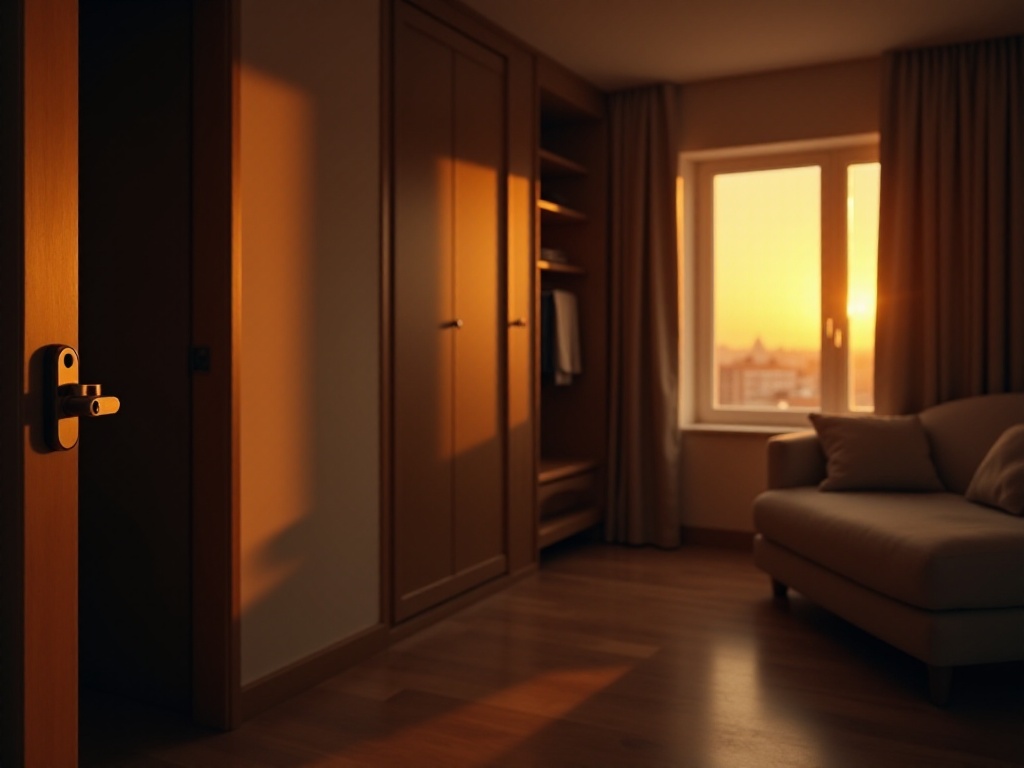
Transportation
Budapest's public transportation system is very developed, with metro, trams, and buses forming a dense network. I bought a 72-hour tourist card for 4,650 forints (about 100 RMB), allowing unlimited rides on all public transport, making my travel both convenient and economical.
Budapest's metro is one of the earliest subway systems on continental Europe, with Line 1 (Yellow Line) still preserving many century-old station buildings. These platforms maintain their vintage style with wooden platforms, cast iron pillars, and colored tiles, making one feel transported back to the late 19th century. Most impressive was Vörösmarty Square station, with beautiful mosaics decorating its arched ceiling, each brick and tile seeming to tell a story from a century ago.
Besides the metro, trams are also a characteristic mode of transport in Budapest. Tram Line 2 was rated by National Geographic as one of the world's ten most beautiful tram routes. This line runs along the Danube, passing Budapest's most essential sights. I especially enjoyed riding this tram at dusk, watching the sunset and city lights gradually coming on, experiencing Budapest's transformation from day to night.
Budapest's bus network is also well-developed, reaching almost every corner of the city. Bus stops have electronic displays showing arrival times for the next bus, making waiting more organized. Night bus service is particularly worth mentioning, with regular routes operating even late at night, making nightlife more convenient.
For cycling enthusiasts, Budapest is also a friendly city. There are many bike lanes and a well-established public bicycle rental system. I often used MOL Bubi (Budapest's public bike system), which allows convenient rental and return via mobile app. Cycling along the Danube is a special experience, with flat, wide bike paths and beautiful scenery on both sides.
Walking is also a good way to explore Budapest. Many attractions are concentrated in the city center, and walking allows you to appreciate the architecture along the way and discover surprises hidden in small alleys. It was during one such time getting lost that I discovered a great artisanal ice cream shop, whose rose-flavored ice cream I still remember fondly.

Travel Reflections
My time in Budapest taught me that travel's meaning lies not just in sightseeing, but in feeling a city's soul. Every morning, I would start my day at different cafés. Sometimes at the famous New York Café, experiencing Habsburg-era luxury; sometimes at local shops, listening to owners tell stories of the city's changes.
Through conversations with locals, I learned about Budapest's recent development. The city is undergoing transformation, with unique cultural sparks produced by the collision of tradition and modernity. The younger generation is injecting new vitality while protecting historical buildings. Ruin bars are the best example, preserving buildings' historical feel while creating entirely new cultural spaces.
I particularly enjoyed walking along the Danube at dawn or dusk. The river flows quietly, witnessing the city's joys and sorrows. Budapest's history hasn't always been bright, but these ups and downs have created today's charming city. As a local elder told me: "Budapest is like an elderly person who has weathered many storms - her wrinkles hide stories, her eyes contain starlight."
In Budapest, I learned to slow down. Instead of rushing to the next attraction, I would sit quietly in a square watching people pass by, or enjoy a leisurely afternoon in an outdoor café. This city taught me that travel isn't about how many sights you see, but about truly experiencing a place's way of life.
Practical Tips
Although Budapest is generally safe, tourists should still pay attention to certain details. Be especially wary of pickpockets at tourist sites and don't easily trust people selling "special price" tickets on the street. According to local police statistics, tourist-targeted petty theft cases decreased by 15% during the 2023 peak season compared to the previous year, but still occur.
I recommend keeping important documents like passports in your accommodation's safe and carrying only copies. Cash should be distributed across different places rather than all in one wallet. When using ATMs, be particularly aware of your surroundings and preferably choose machines inside bank branches.
In Budapest, many small shops and restaurants accept credit cards, but it's still advisable to carry some cash, especially for markets or small vendors. Also, although Hungary is an EU member state, they use forints rather than euros, so prepare local currency in advance.
Regarding tipping culture, Budapest restaurants usually expect 10-15% tips, with some upscale restaurants adding service charges directly to the bill. In hotels, tipping porters or cleaning staff is common practice. When taking taxis, it's customary to tip drivers about 10%.
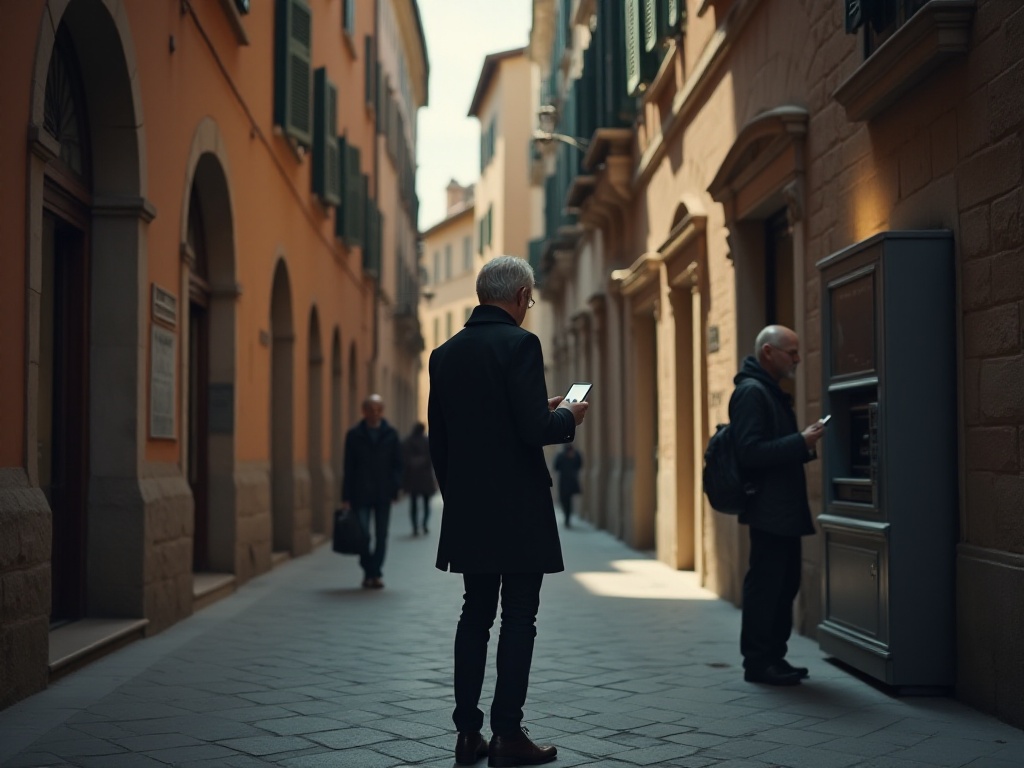
Conclusion
Budapest is a city worth savoring slowly. It has the Habsburg Empire's splendor, socialist era imprints, and modern urban vitality. If you plan to visit, take your time to feel every moment of this city. As Hungarian poet Petőfi said: "Life is dear, love is dearer, but both can be given up for freedom." This is perhaps Budapest's deepest lesson for me.
Do you have anything you'd like to know about Budapest? Welcome to share in the comments. In the next article, I'll share my travel experiences in Prague, stay tuned.
Next
What's it Like to Travel Alone in Istanbul? Safety Tips and Practical Advice
A comprehensive guide covering pre-trip preparation, personal safety measures, accommodation security, financial protection, and emergency response procedures to help travelers minimize risks and ensure a safe journey
A Solo International Traveler's Safety Guide: From Pre-Trip Preparation to Emergency Response - Everything You Need to Know
A comprehensive travel safety guide covering pre-trip preparation, destination research, practical information gathering, personal security, financial safety, transportation safety, and emergency response protocols for a secure travel experience
Complete Guide to Self-Driving Tour in Tibet: Insights from a Veteran Driver's 20,000 Kilometers Experience
A comprehensive guide covering essential travel safety aspects, including pre-trip preparation, safety protocols during travel, emergency planning, and practical security advice for different groups of travelers
Next
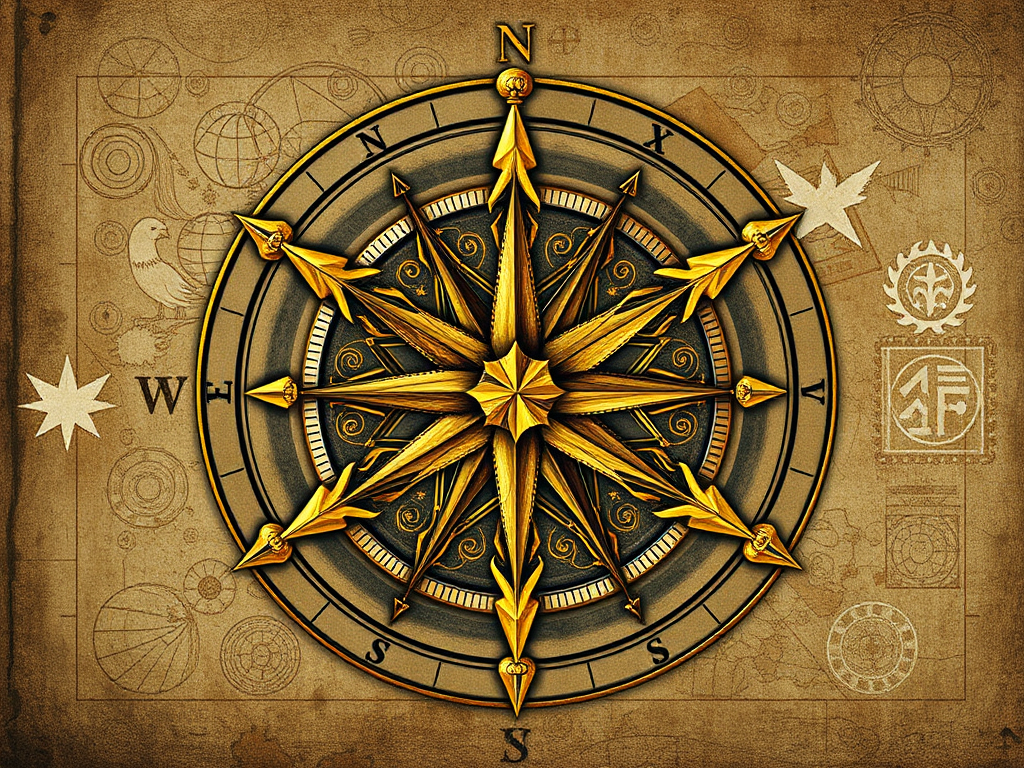
What's it Like to Travel Alone in Istanbul? Safety Tips and Practical Advice
A comprehensive guide covering pre-trip preparation, personal safety measures, accommodation security, financial protection, and emergency response procedures to help travelers minimize risks and ensure a safe journey

A Solo International Traveler's Safety Guide: From Pre-Trip Preparation to Emergency Response - Everything You Need to Know
A comprehensive travel safety guide covering pre-trip preparation, destination research, practical information gathering, personal security, financial safety, transportation safety, and emergency response protocols for a secure travel experience

Complete Guide to Self-Driving Tour in Tibet: Insights from a Veteran Driver's 20,000 Kilometers Experience
A comprehensive guide covering essential travel safety aspects, including pre-trip preparation, safety protocols during travel, emergency planning, and practical security advice for different groups of travelers

